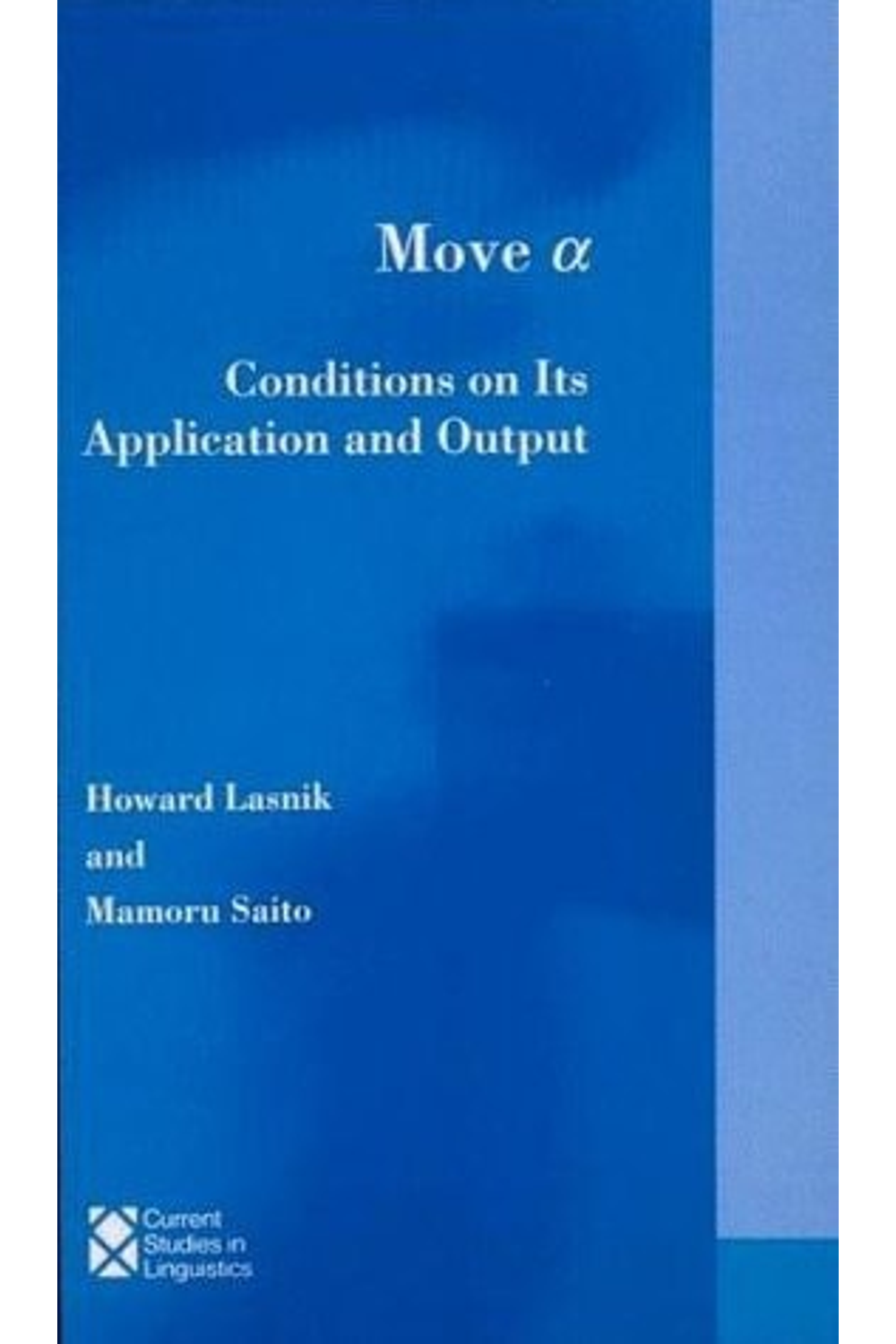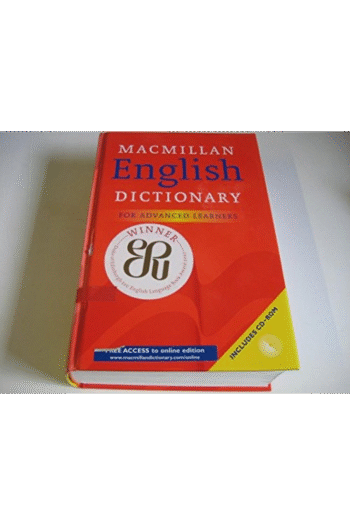Dive into the core of modern syntactic theory with “Move Alpha: Conditions on Its Application and Output,” a landmark collaboration between Howard Lasnik and Mamoru Saito, published by MIT Press as part of the esteemed *Current Studies in Linguistics* series. This influential work, a cornerstone for advanced linguistic study, meticulously dissects the ‘Move ‘ operation, a foundational concept in Noam Chomsky’s generative grammar, exploring its constraints and outputs across languages. Lasnik and Saito delve into the intricate mechanisms governing sentence structure, focusing on constraints like Subjacency and the Empty Category Principle (ECP) that dictate how elements can move within a sentence. They critically examine and refine Chomsky’s Barriers Theory, proposing modifications based on detailed analyses of linguistic phenomena like topicalization and quantifier raising. Expect a deep dive into antecedent government, Superiority effects, and the Uniformity Condition, presented with rigor and clarity. More than just an exposition of theory, “Move Alpha” offers a critical engagement with the challenges of syntactic analysis, making it an indispensable resource for researchers and graduate students seeking a sophisticated understanding of movement constraints and their implications for linguistic theory. It assumes a strong base in generative syntax, and rewards the reader with a detailed tour through the Minimalist Program. This book represents an important contribution to the field of theoretical linguistics, specifically related to bounding theory and proper government. It proposes a refined version of Chomsky’s Barriers theory and examines the consequences of the modified theory.
Move Alpha: Conditions on Its Application and Output (Current Studies in Linguistics)
19,68 $
In stock
This major contribution to modern syntactic theory elaborates a principles-and-parameters framework in which the differences and similarities among languages with respect to WH-questions can be captured. Move is part of an overall program, initiated by Noam Chomsky, to create a global theory in which the entire transformational component can be reduced to a single process, Move . Lasnik and Saito are concerned particularly with bounding requirements on movement (Subjacency) and proper government requirements on traces (The Empty Category Principle). The first two chapters present and extend the ideas proposed in the author’s earlier article, On the Nature of Proper Government. Included are detailed discussions of -marking, the general rule Affect , and the definition of proper government, particularly as these relate to WH constructions. The next two chapters propose a modification of Chomsky’s Barriers Theory on the basis of a close examination of topicalization and examine the consequences of the modified theory. The discussion extends to restrictions on possible antecedent governors and the implications for quantifier raising and NP-movement of these restrictions. Consequences for Superiority are also considered, and a modified version of this condition is proposed, as is an extension of Chomsky’s Uniformity Condition. The final chapter takes up further theoretical issues and alternative approaches.
| Authors | |
|---|---|
| Binding | |
| Condition | |
| ISBN-10 | 026262091X |
| ISBN-13 | 9780262620918 |
| Language | |
| Pages | 234 |
| Publisher | |
| Year published | |
| Weight | 363 |
| Edition | Reprint |
- Additional information
- Currencies
- USD – United States dollar
- EUR – Euro
- GBP – Pound sterling
- CNY – Chinese yuan
- BRL – Brazilian real
- MXN – Mexican peso
- JPY – Japanese yen
- PHP – Philippine peso
- THB – Thai baht
- PLN – Polish złoty
- CAD – Canadian dollar
- MYR – Malaysian ringgit
- AUD – Australian dollar
- TWD – New Taiwan dollar
- CZK – Czech koruna
- SEK – Swedish krona
- HUF – Hungarian forint
- ILS – Israeli new shekel
- CHF – Swiss franc
- HKD – Hong Kong dollar
- DKK – Danish krone
- SGD – Singapore dollar
- NOK – Norwegian krone
- NZD – New Zealand dollar





